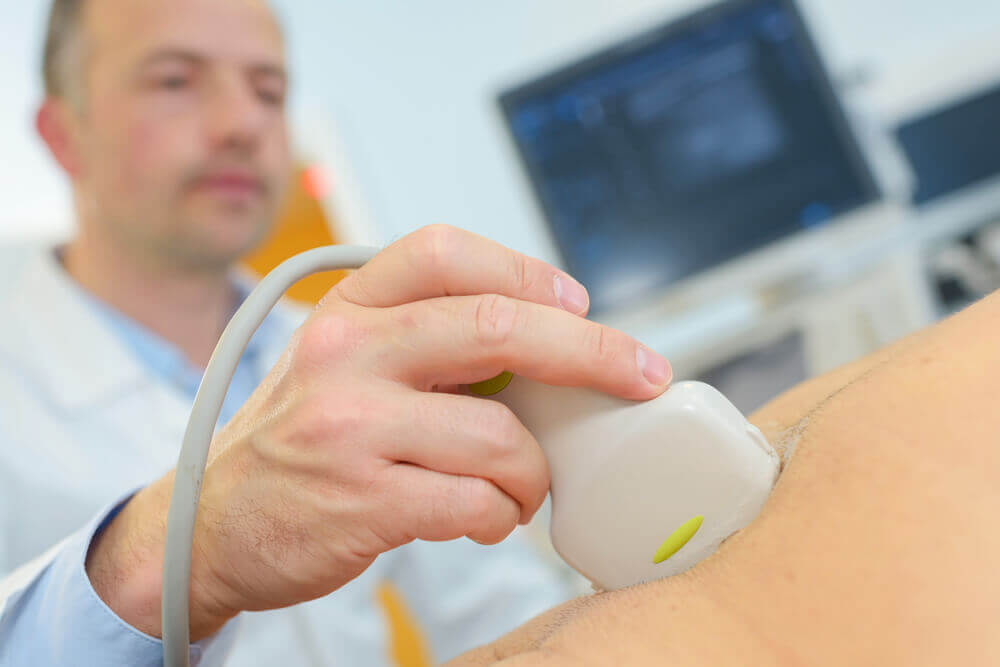Diagnosis and How to evaluate the degree of splenomegaly?

Doctors usually can palpate enlarged spleens and evaluate their enlargement, yet other modalities are applicable to detect and assess splenomegaly.
Ultrasound could be used to detect splenomegaly particularly for obese and pregnant patients as it is safe, available, and non-invasive. CT (computerized tomography) is also a useful tool to detect the volume of the spleen. However, it is often done before operations.
MRI provides excellent and detailed images of soft tissues including the spleen but it is rarely done to diagnose splenomegaly due to the availability of simpler options. A PET scan is used if spleen lymphoma is suspected. If a lump or abnormal mass is found in imaging of the spleen, a biopsy of the spleen may be necessary to figure it out.
Blood tests may be helpful in detecting the underlying cause of splenomegaly and in evaluating the progress after treatment. Liver function test (LFT), CRP, ESR aren’t specific tests for splenomegaly but it reflects the activity of the underlying disease. CBC may also indicate the source of infection whether bacterial, viral, or parasitic.
